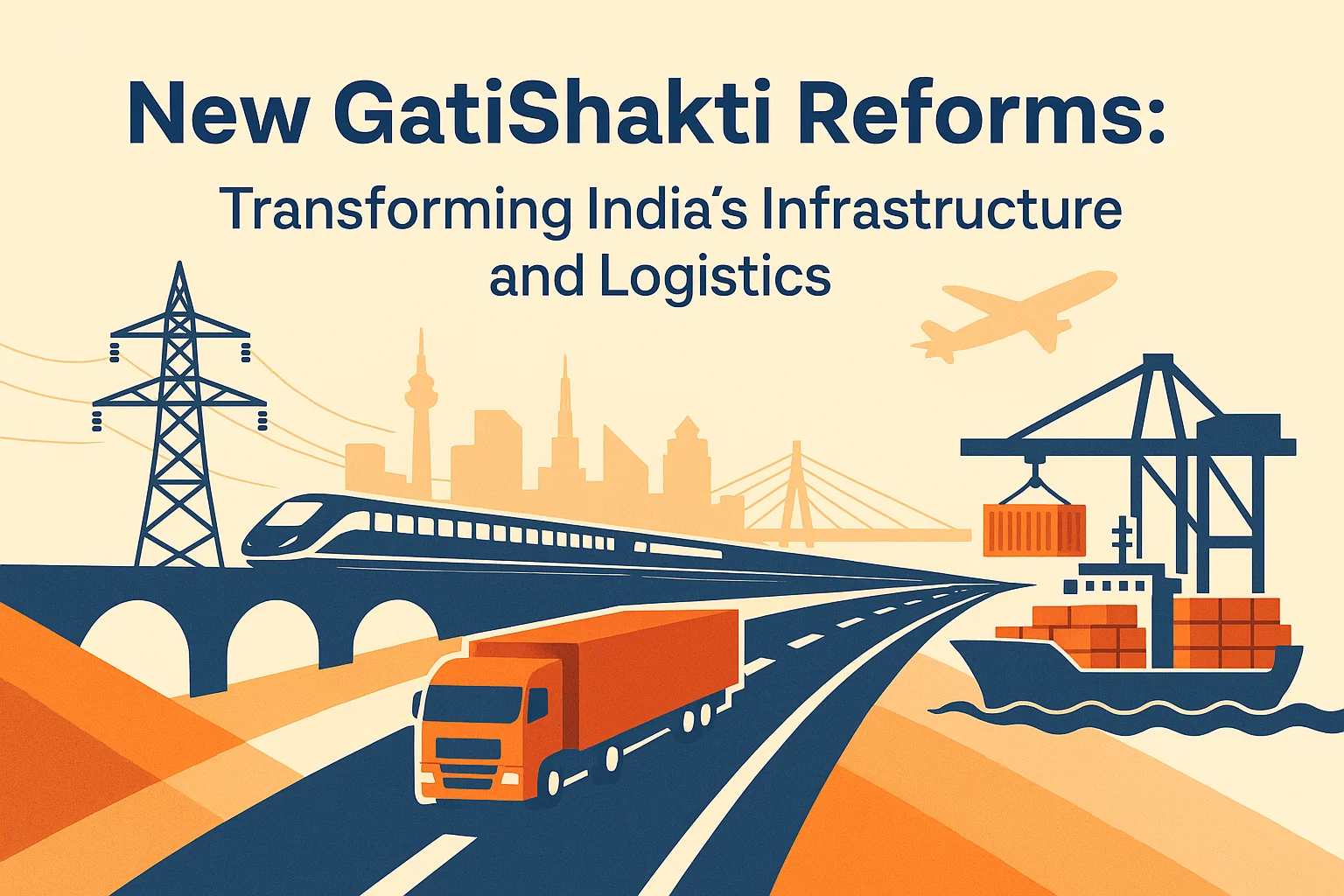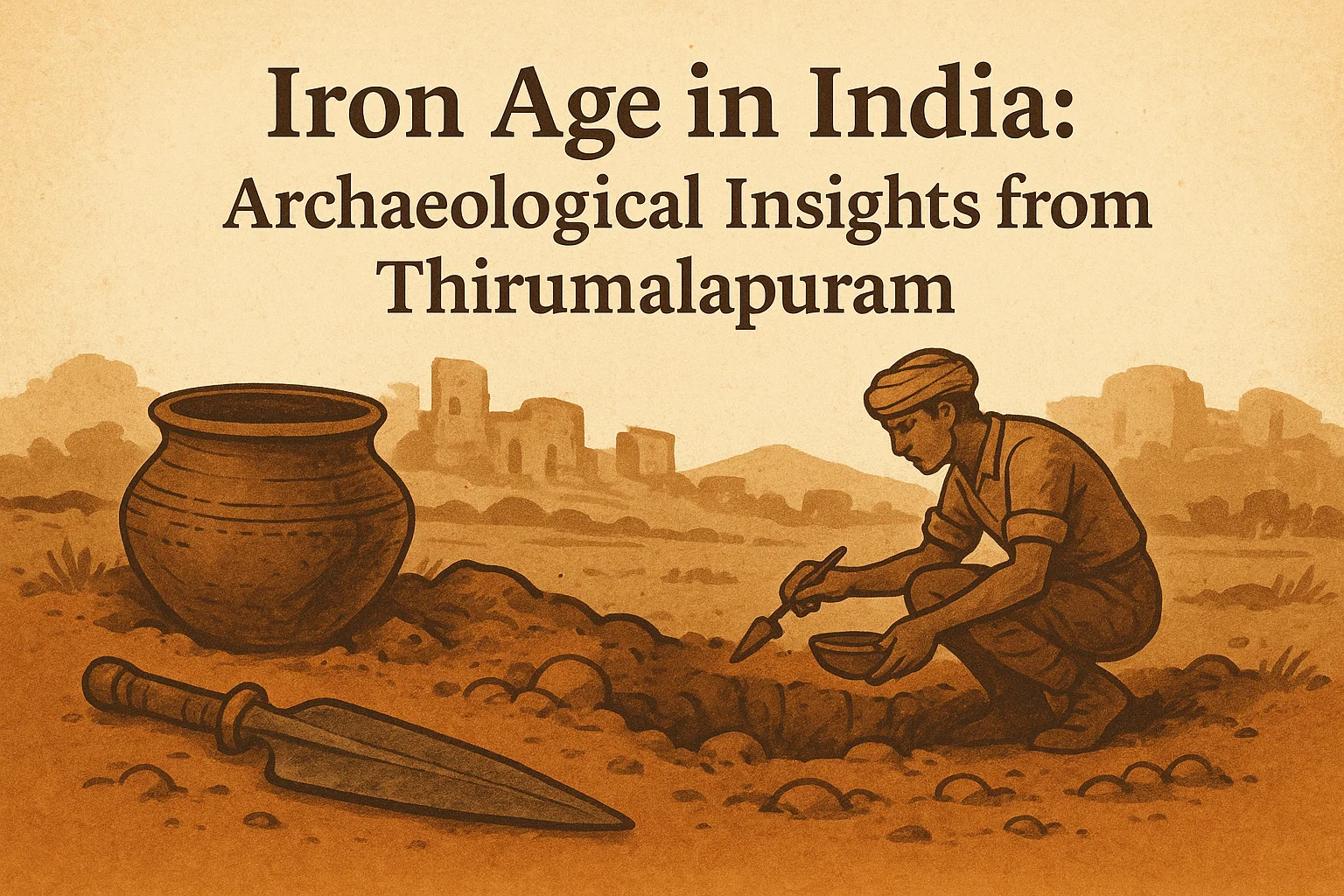Font size:
Print
India’s Drug Industry
Reclaiming our leadership in safe drugs
Context: India’s pharmaceutical industry is often called the “pharmacy of the world”, and rightly so. But recent lapses in drug safety and regulatory oversight have raised urgent questions about quality, accountability, and global trust.
Why is India’s drug industry essential?
- Global health provider: Supplies over 60% of global vaccine demand, 40% of US generics, and 25% of UK medicines.
- Export powerhouse: Pharma exports reached $27.9 billion in FY 2023–24, growing nearly 10% year-on-year despite a dip in overall exports.
- Reach and scale: Over 200 countries import Indian pharmaceuticals, with the US, UK, South Africa, Netherlands, and France among the top destinations.
- Domestic impact: Initiatives like Jan Aushadhi and Ayushman Bharat rely on affordable generics to deliver healthcare to millions.
- Manufacturing strength: India hosts 650+ FDA-approved facilities, the highest outside the US.
What are the major concerns associated with the drug industry of India?
- Quality and Safety Issues: Substandard/counterfeit drugs and weak quality oversight have caused serious adverse events and deaths. Indian-made cough syrups were linked to child deaths in Gambia, Uzbekistan, and Cameroon, sparking international alarm. The US FDA has flagged data integrity lapses, trial irregularities, and contamination in Indian plants.
- Regulatory Weaknesses: The CDSCO suffers from under-capacity, weak enforcement, and fragmented federal-state coordination. Issues include irrational Fixed-Dose Combinations (FDCs) worsening antibiotic resistance, arbitrary price controls, and confusing drug nomenclature causing prescription errors. Proliferation of counterfeit and substandard drugs undermines patient trust.
- Supply Chain Vulnerabilities: India depends on China for 70–80% of APIs, exposing it to geopolitical shocks and quality concerns. Limited presence in high-value segments (only 3% of global pharma export value) reflects underutilized potential.
What measures need to be taken to address the concerns?
- Strengthen Regulatory Frameworks: Upgrade the Drugs and Cosmetics Act (1940) and align with international benchmarks (e.g., US FDA, EMA). Ensure uniform quality standards, mandatory self-inspections, traceable data reporting, and swift penalties. Implement the Draft National Pharmaceutical Policy (2023) focusing on affordability, innovation, and quality assurance.
- Improve Quality Control & Manufacturing: Invest in state-of-the-art testing for contaminants (e.g., DEG) and enforce data transparency in trials. Create a national digital drug-tracking system to curb counterfeits and medication errors. Adopt patient-centric manufacturing practices, aligned with India@2047 health security roadmap.
- Reduce Dependency & Foster Innovation: Diversify API sourcing under PLI schemes and API parks to reduce China’s reliance. Scale up domestic R&D in generics, biosimilars, and novel therapies with higher investment in innovation. Ban irrational FDCs and strengthen antimicrobial stewardship. Encourage global regulatory harmonisation to expand exports to high-value markets.


